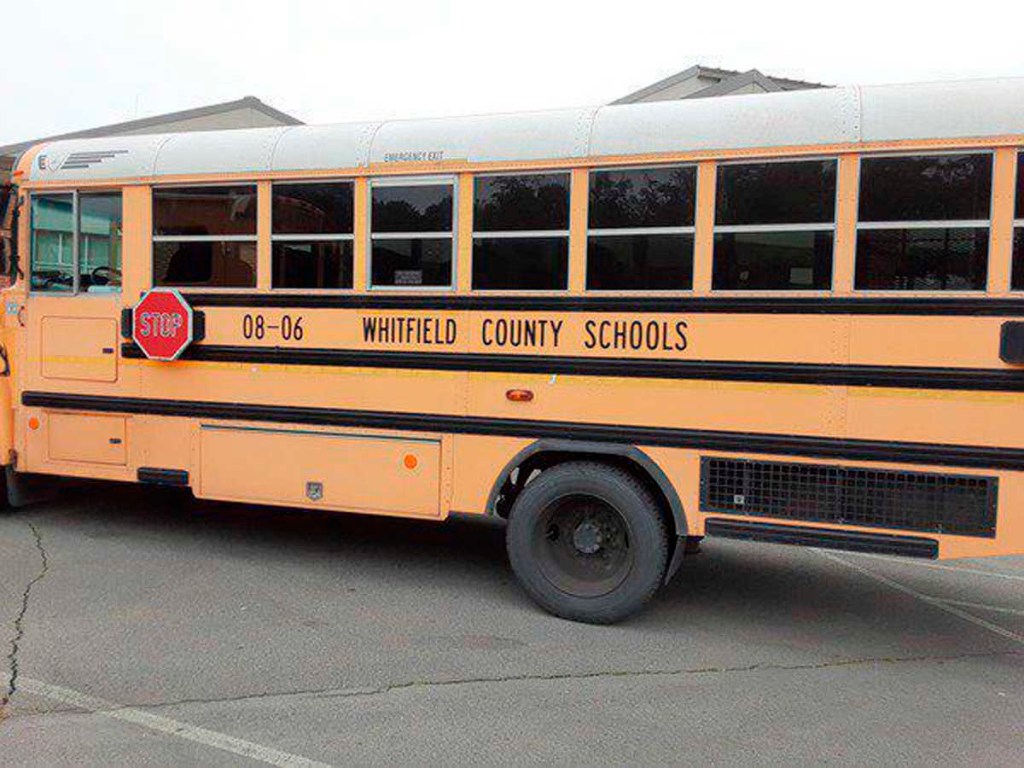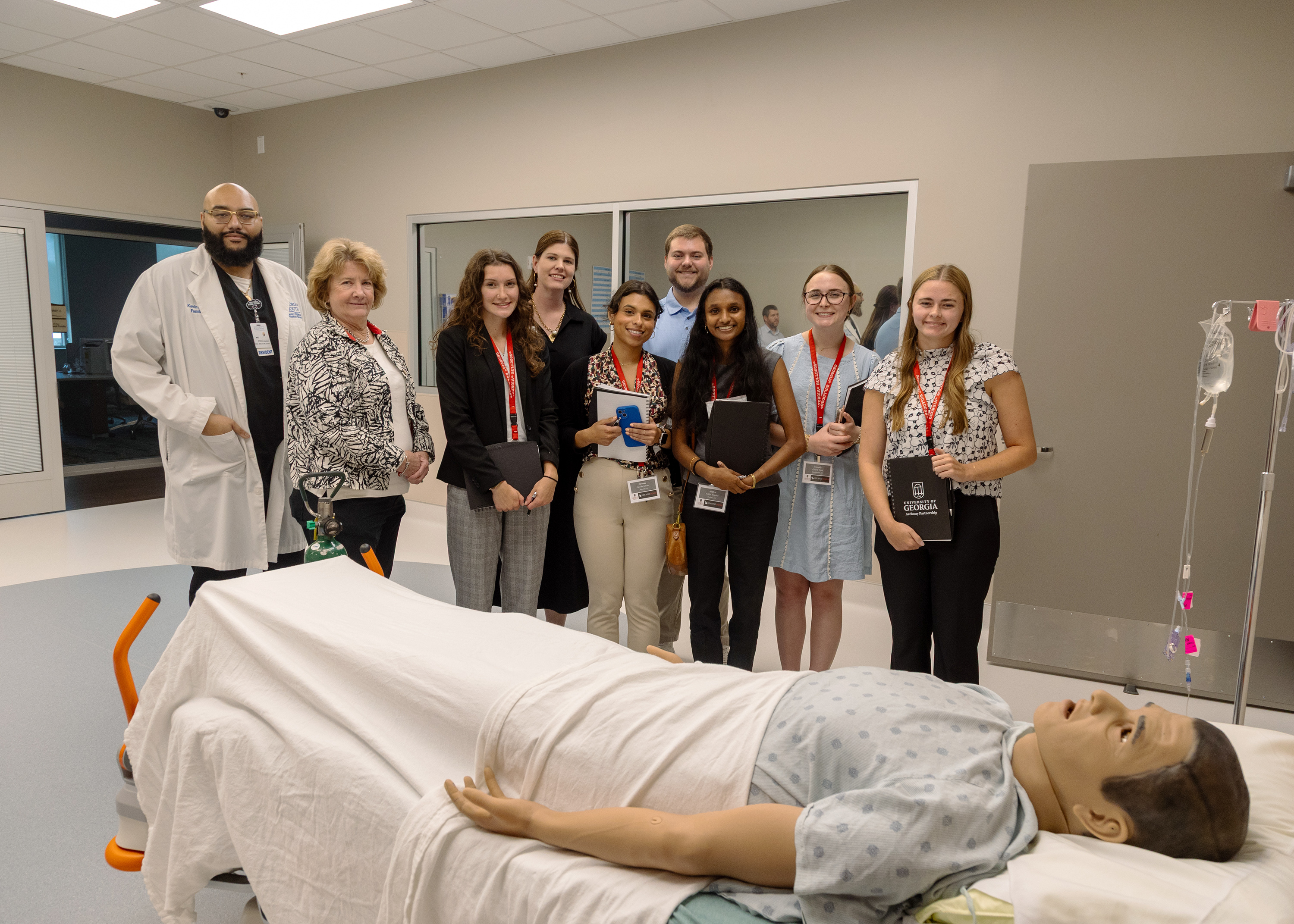Survey: Most Whitfield County Schools parents plan to send kids to school in August
Published 9:14 am Friday, July 10, 2020

- Ryan Anderson/Daily Citizen-NewsBecause social distancing may prove impractical on school buses, Whitfield County Schools inquired about transportation in a survey of parents that closed last week, and more than 60% of the 3,500 respondents said they could provide transportation for their children to school. Nearly a quarter (23%) said they could not, while the remaining survey participants don't have children who ride buses.
DALTON, Ga. — As Whitfield County Schools officials consider how to open the 2020-21 academic year next month — with students fully immersed in traditional classroom settings, learning from home due to the new coronavirus (COVID-19) pandemic or a hybrid model — the system surveyed parents, and more than 75% of the roughly 3,500 respondents said they plan to send their children to school in August.
“We were sitting at 80 or 81% until” June 29, when cases of COVID-19 began to spike locally, said Audrey Williams, assistant superintendent for assessment and accountability. The survey, which was offered in English and Spanish, closed on June 30, and the respondents represent about a third of the families in Whitfield County Schools.
More than two-thirds (68%) indicated they possessed high-speed internet access at home, while a quarter said they have slow internet speed at home. Only 1% said they had no access to the internet at home, while 7% said they have internet access only via cellphone.
“We sometimes assume it’s high speed (at home), but it may not be,” Williams said. And, if the cellphone providing the only internet access belongs to a parent, the child can lose access when that parent leaves the home.
Among those surveyed, 63% indicated their child uses a laptop, desktop computer or Chromebook mostly at home, while 20% said they mostly utilize a tablet.
However, the survey didn’t ask how many of those devices are in a residence, Williams said. If, for example, there’s only one device, but three or four children in a family, that can be problematic.
Because social distancing may prove impractical on buses, the system also inquired about how families get students to school, and more than 60% said they could provide transportation for their children. Nearly a quarter (23%) said they could not, while the remaining survey participants don’t have children who ride buses.
Whitfield County Schools received nearly 1,500 comments from parents at the end of the survey.
Williams and her cohorts are sifting through every comment, as “we always do,” and grouping the responses according to themes, she said. This feedback from parents will “help us build our platforms” to best serve students and families.
If students do need to engage in distance learning, “I can guarantee you it won’t be like it was in March,” said Superintendent Judy Gilreath. “That was kind of thrown at us, (but) we’ll be much more organized.”
Students began distance learning in mid-March due to the pandemic and continued that way for the rest of the academic year.
Teachers are designing online learning modules that can be used in class and outside of school, said Karey Williams, assistant superintendent for teaching and learning. Educators are “working on those modules now to make sure we’re ready to go” next month.
Whitfield County Schools officials will wait until late this month to announce how students will return for the 2020-21 academic year that begins on Aug. 7, and that decision will be made in concert with the Whitfield County Health Department, Gilreath said. If students are in school buildings, they’ll be encouraged to wear masks, but not mandated.
The hybrid model would have elementary students — who it is believed need in-person instruction and support more than older students — in face-to-face learning, but with students in grades four and five moved to middle and high school buildings for enhanced social distancing, Audrey Williams explained last week. The students would move with their elementary teachers, and “we have enough room in some of our buildings to spread everyone out.”
In this scenario, students in grades 6-12 would engage in virtual learning, with the exception of self-contained Exceptional Student Services (ESS) students, she said. Those students would continue to receive face-to-face instruction.
In the third scenario, all students would engage in distance learning, she added. In both that situation and the hybrid model, middle school and high school staff members would still report to school.





